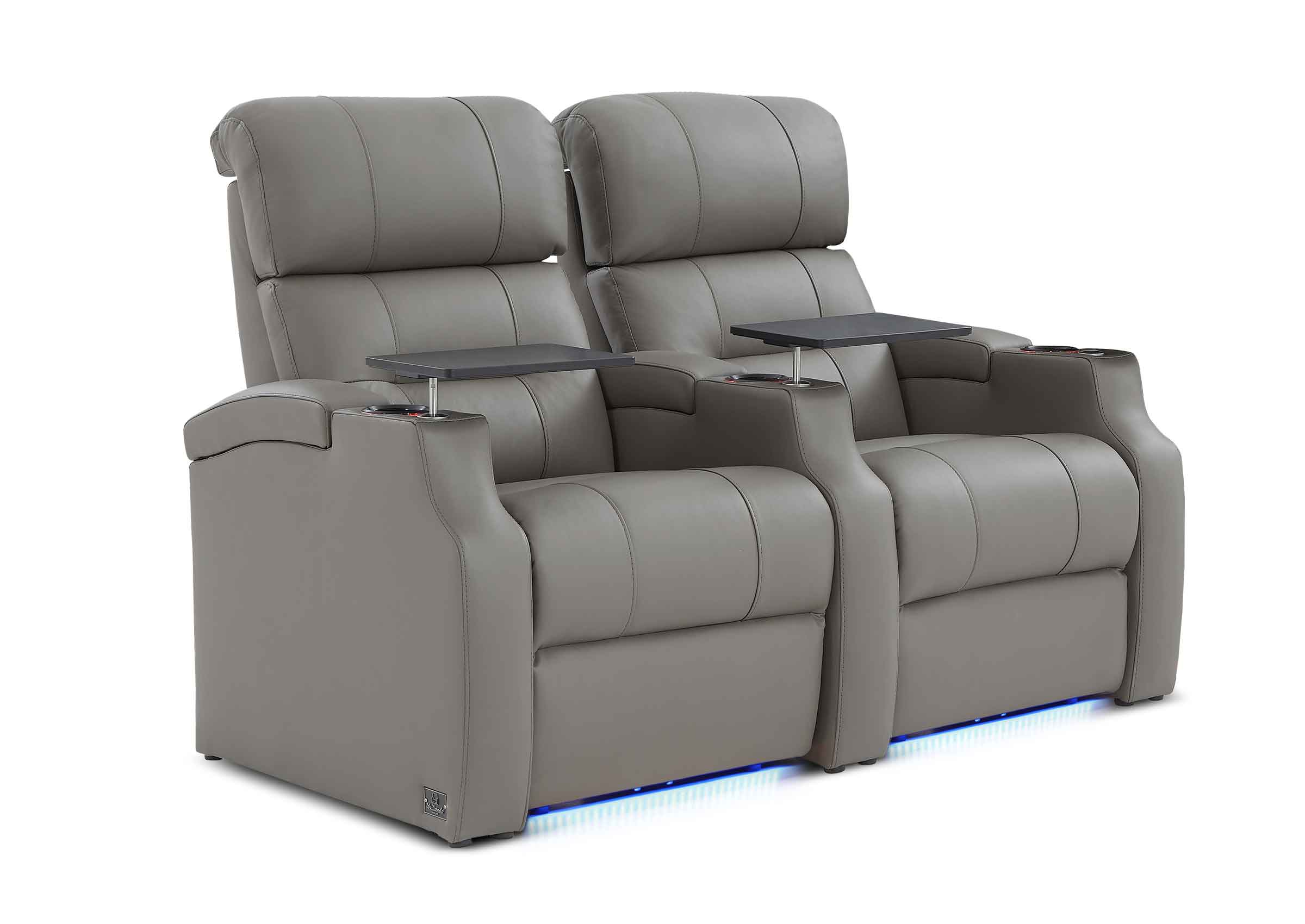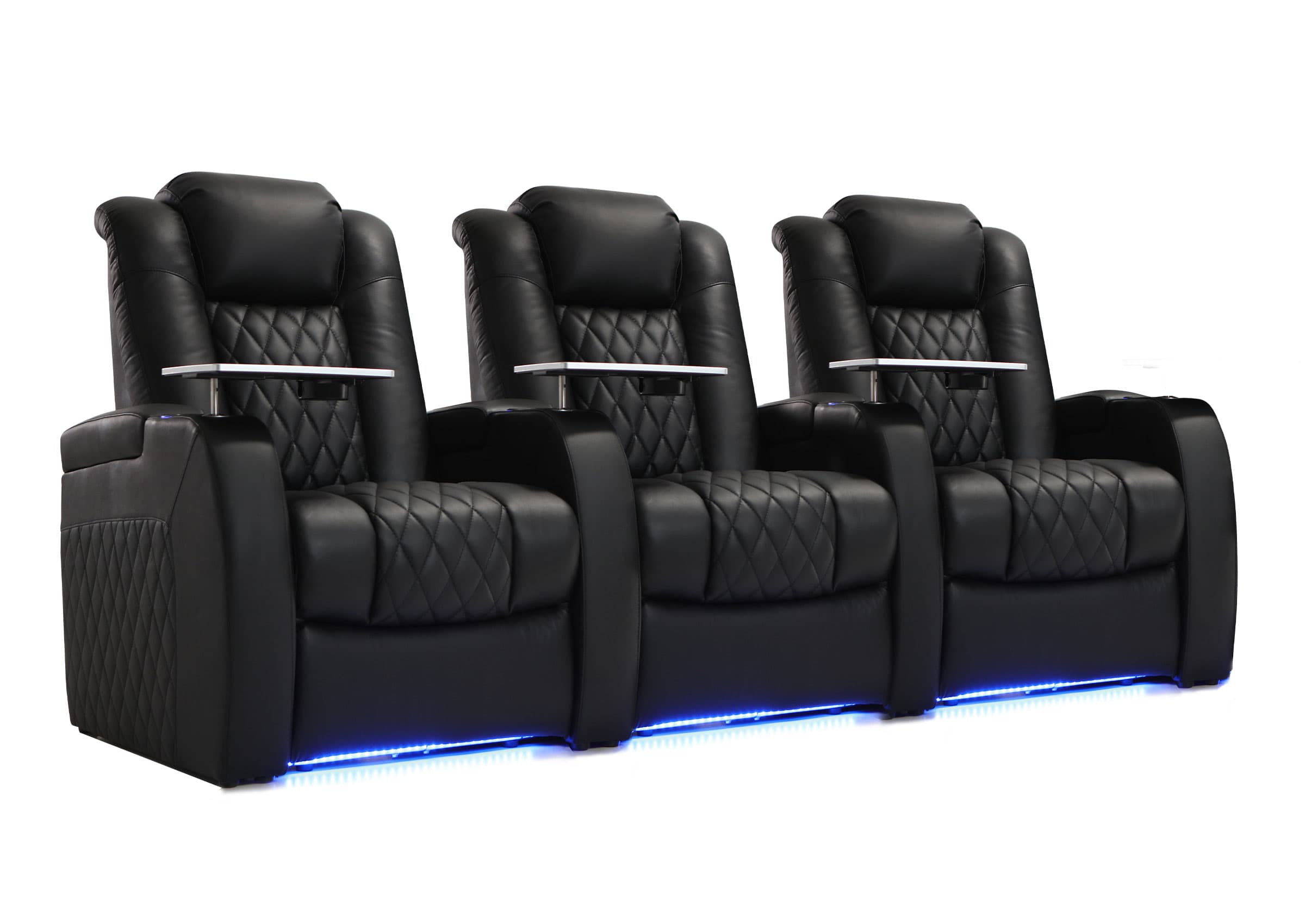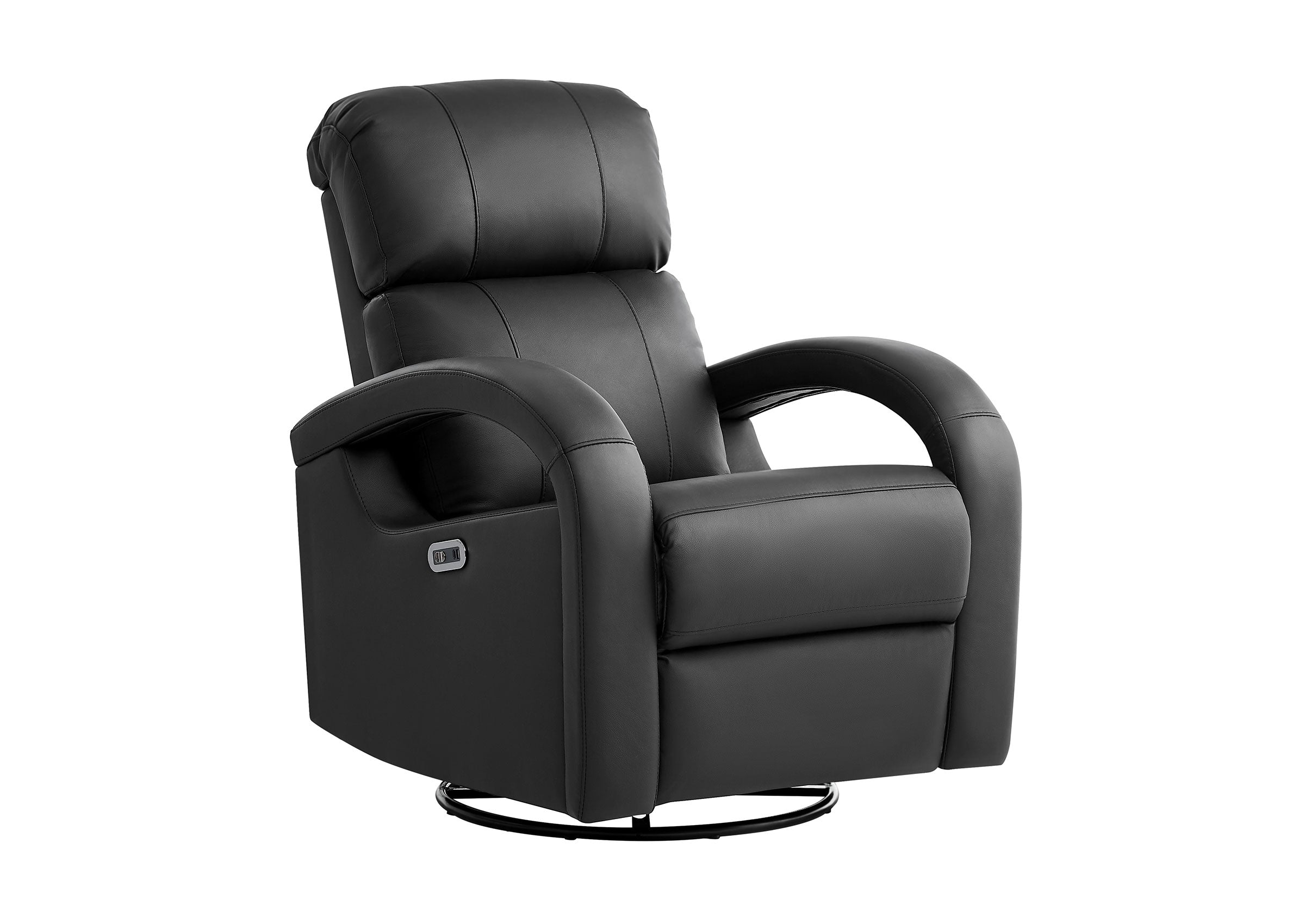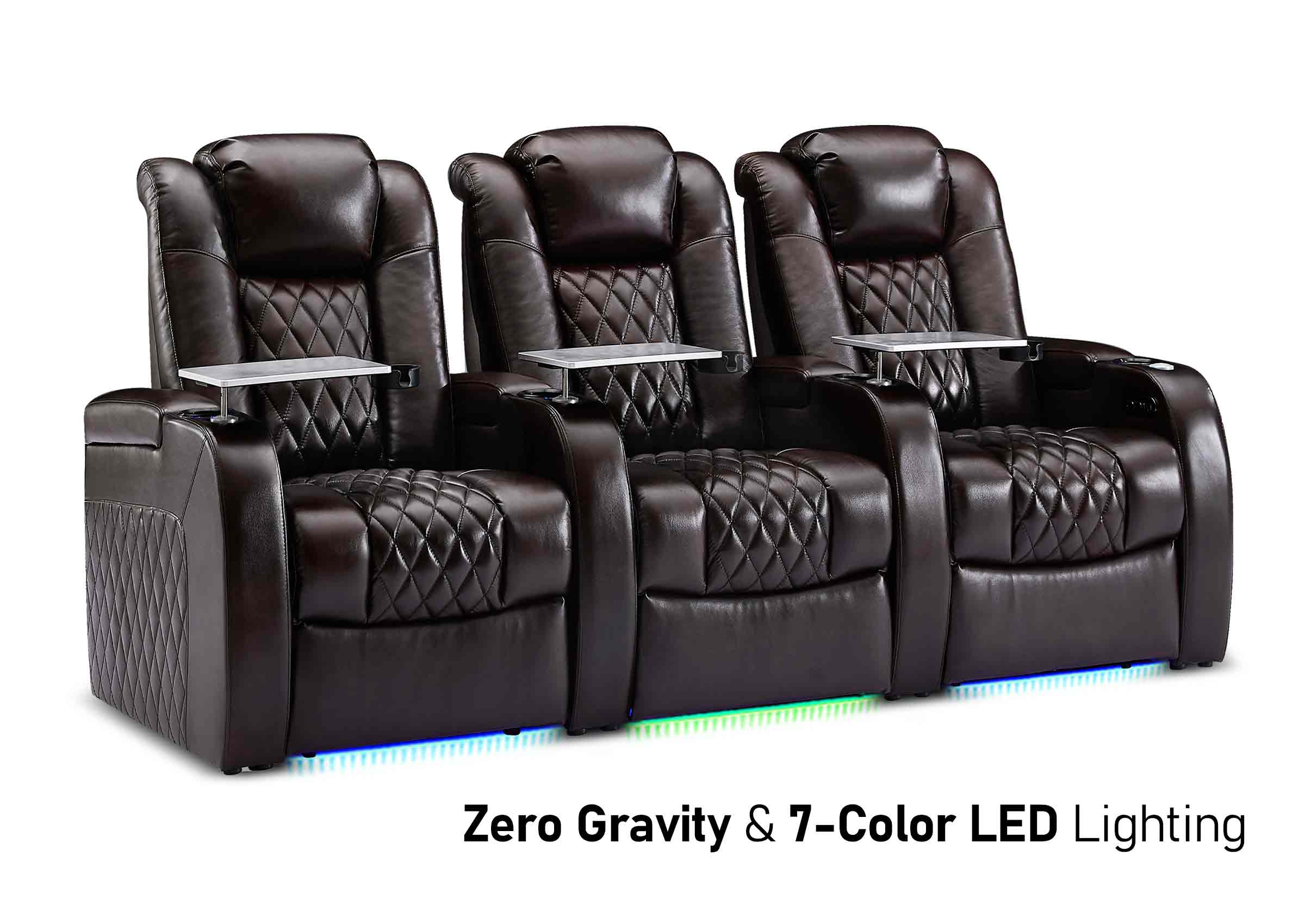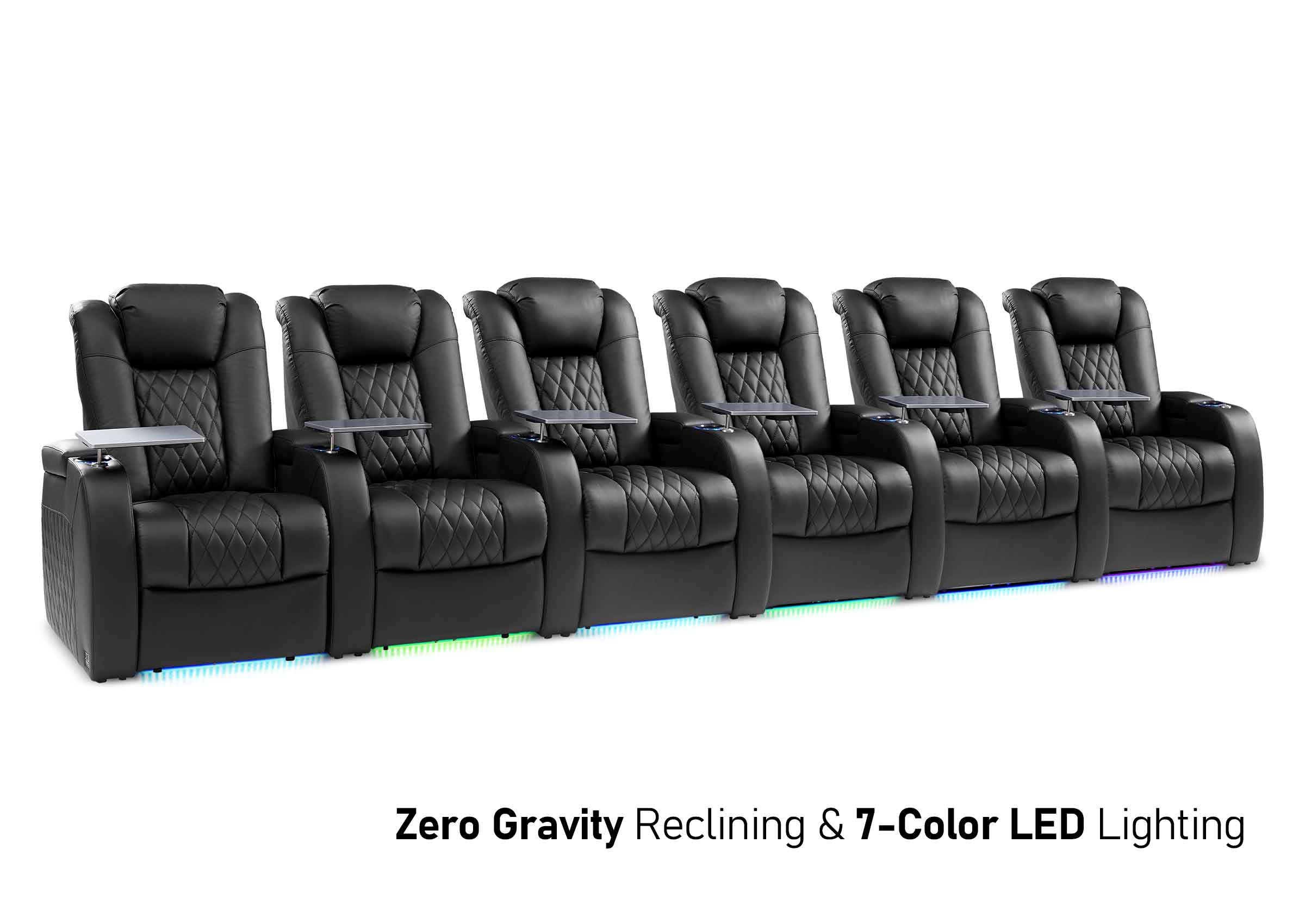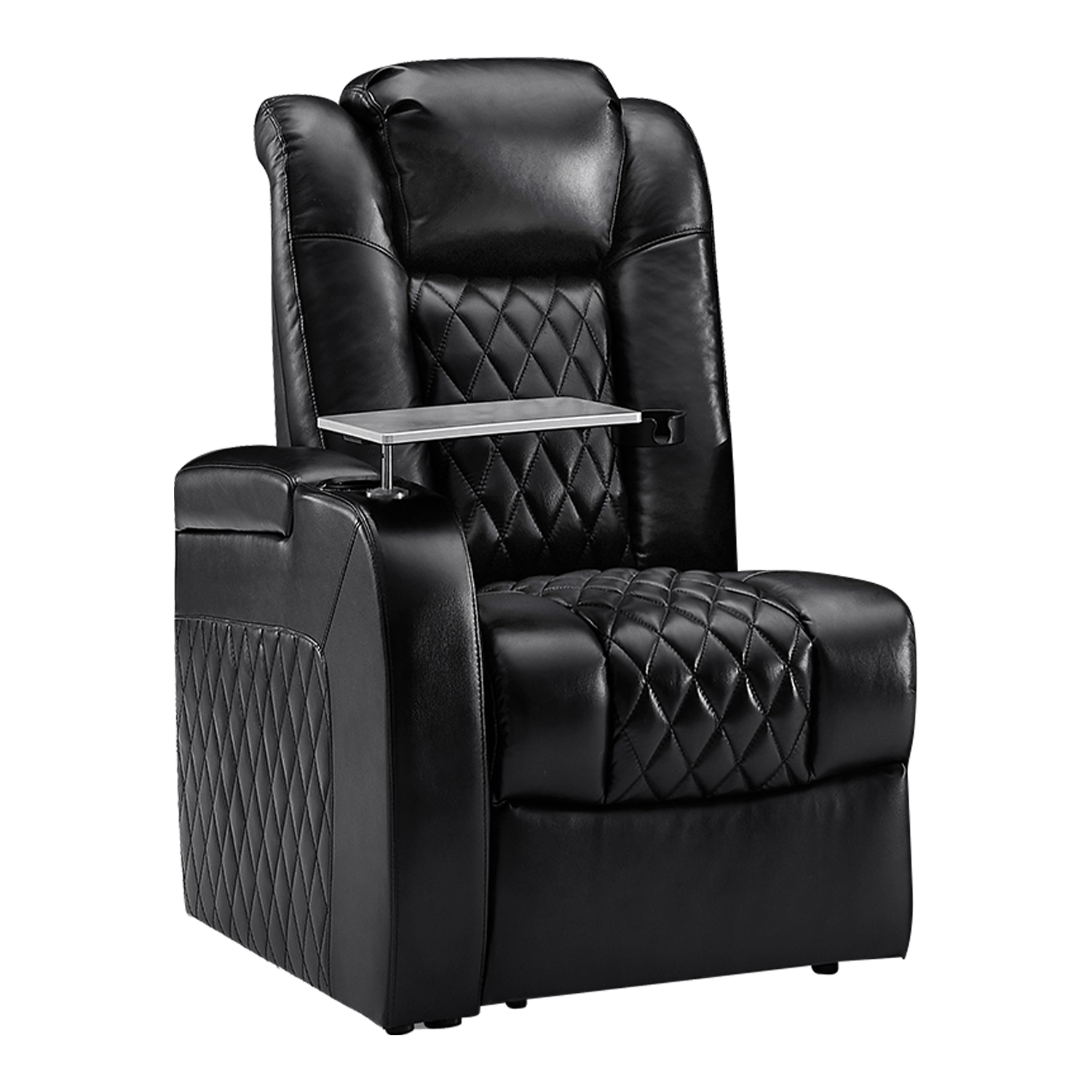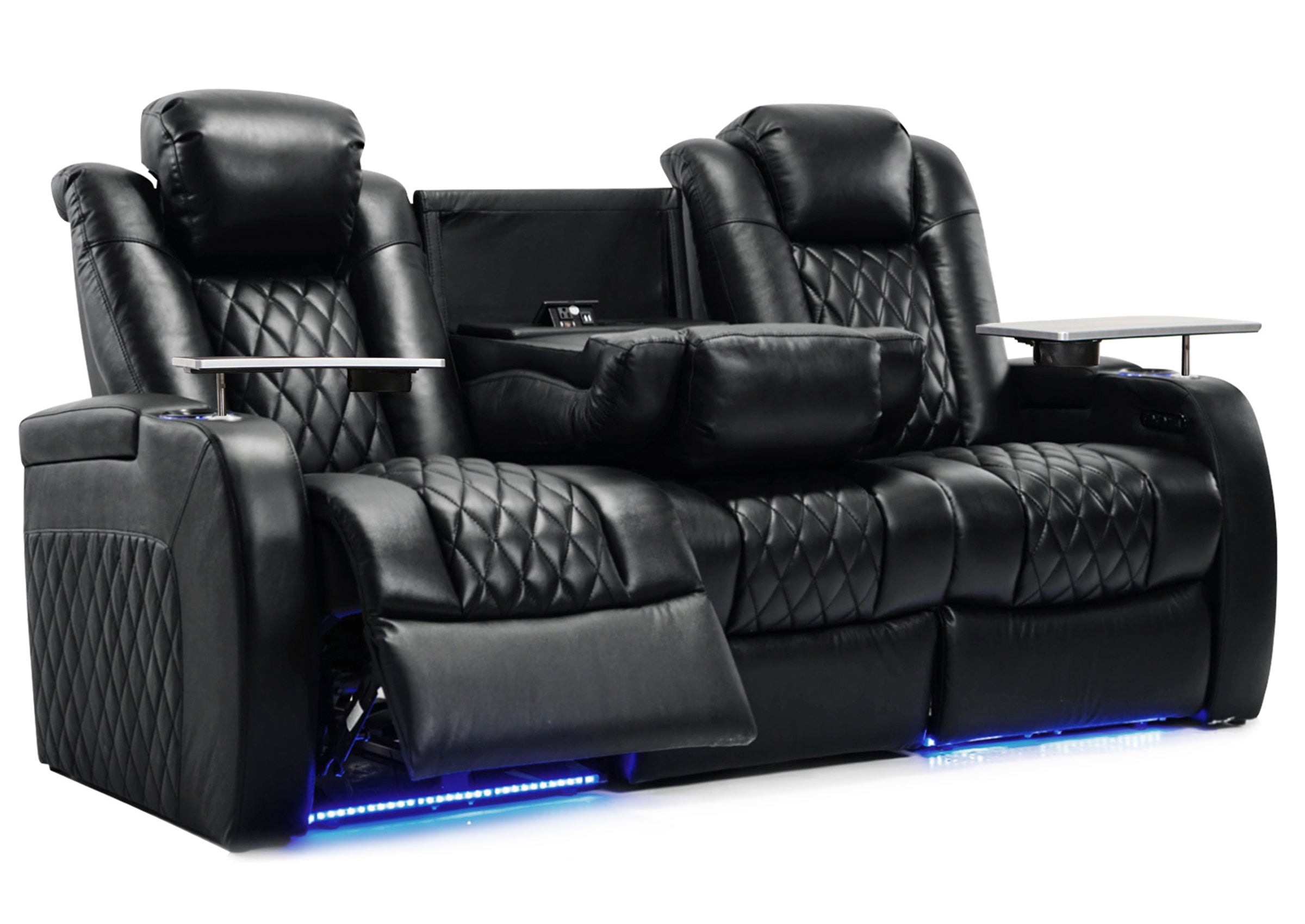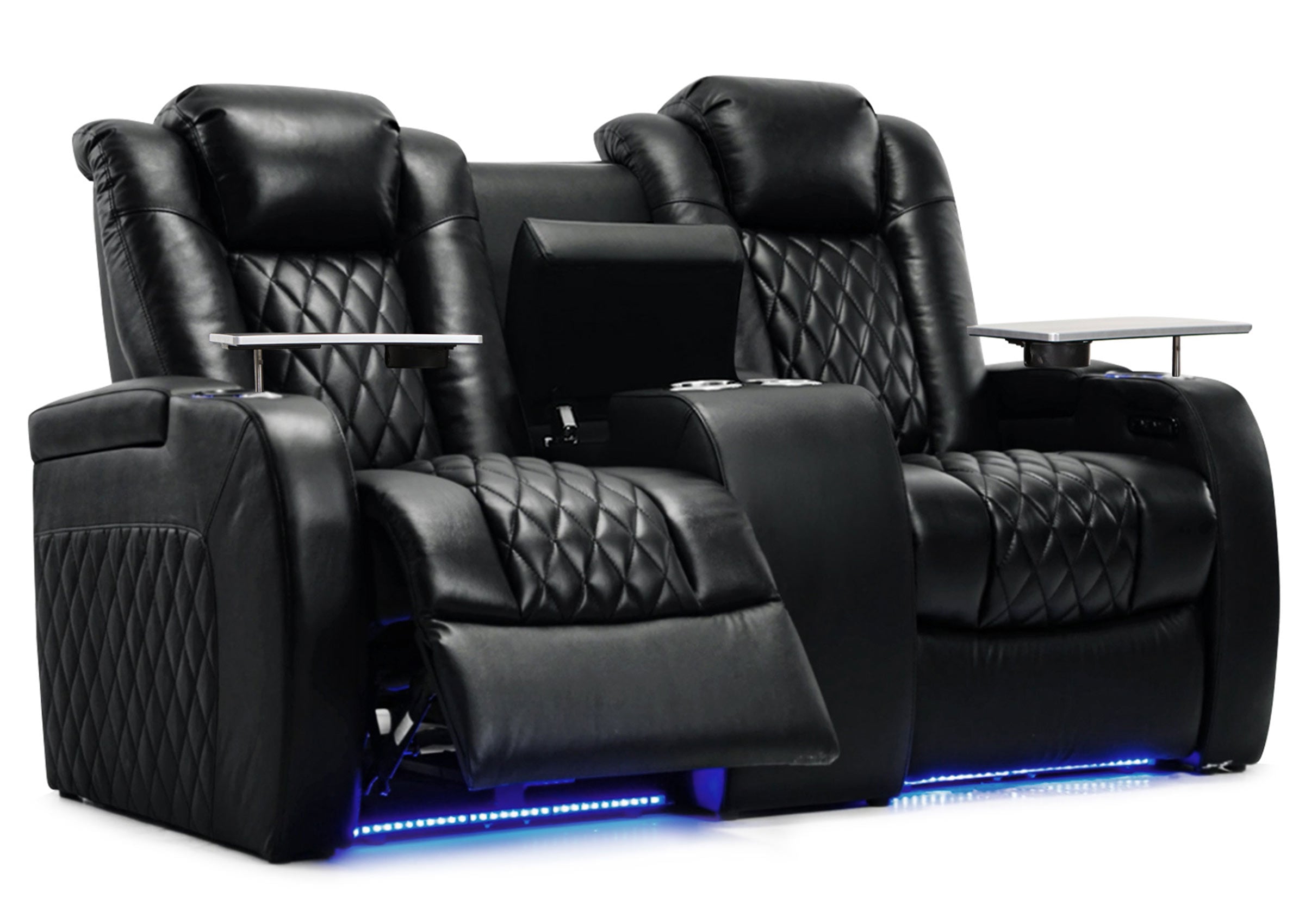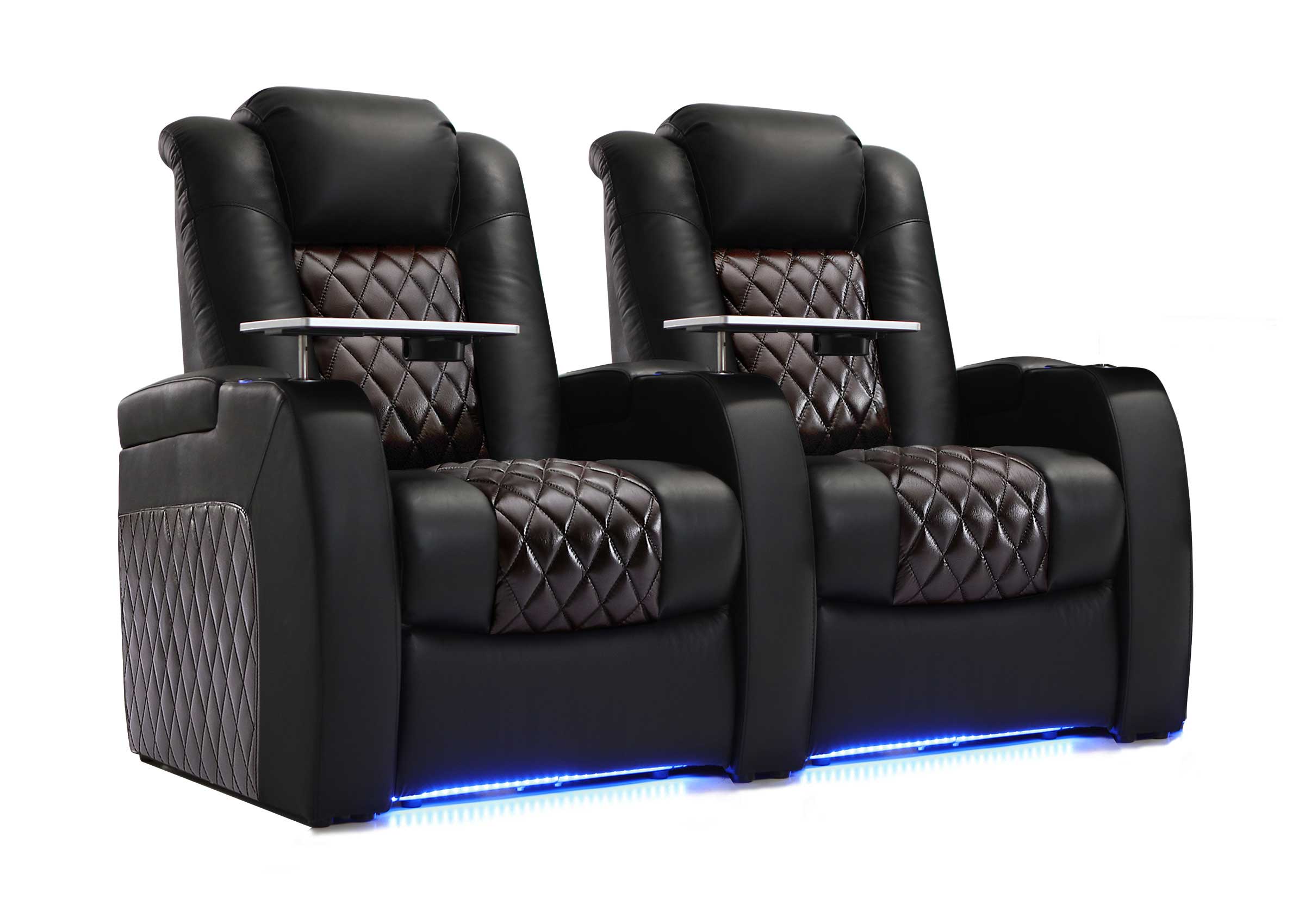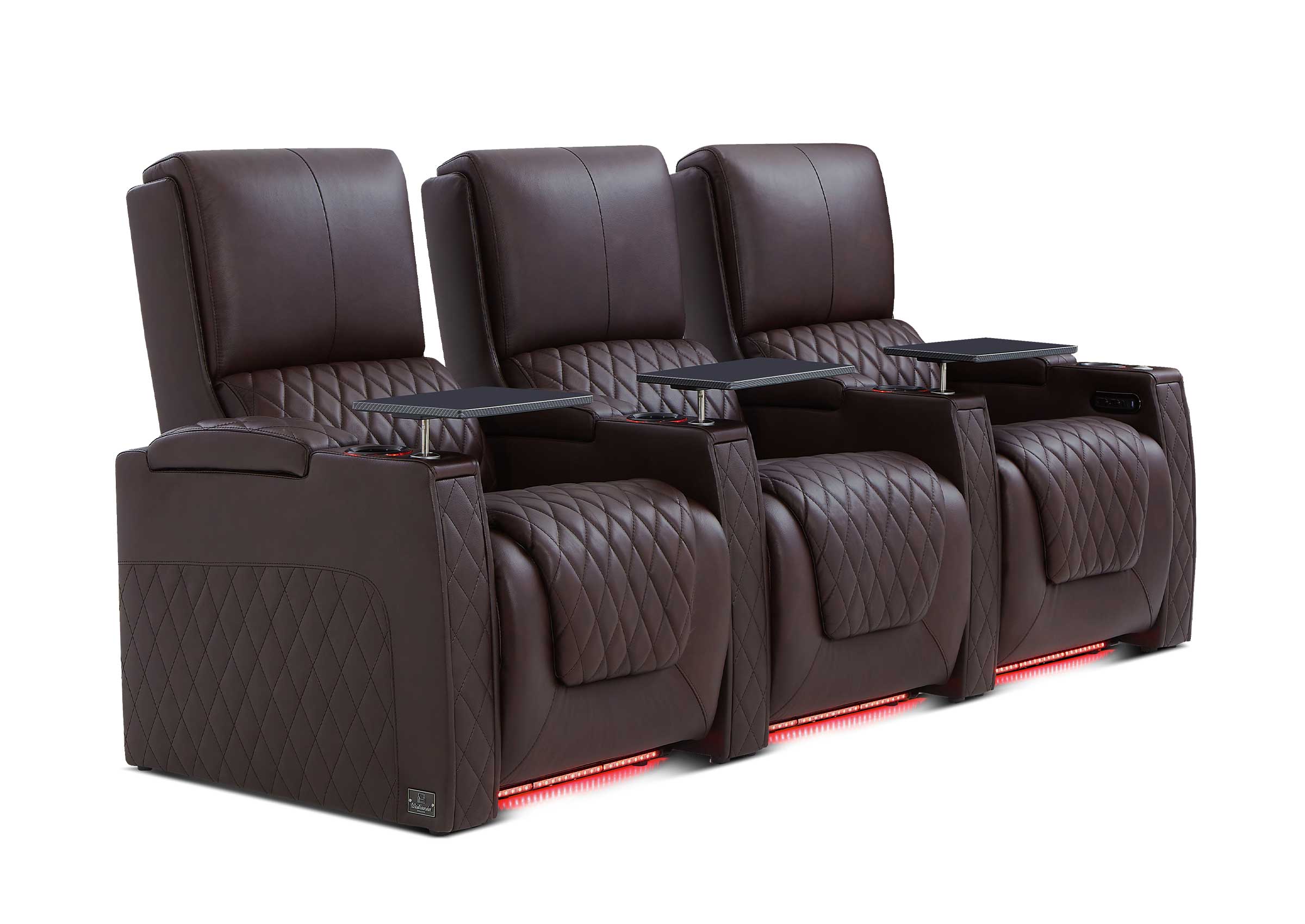In today's fast-paced life, more and more people are turning their basements into private movie heavens. By converting your basement space into a home theater, you can create a perfect relaxing and entertaining area for you and your family to fully enjoy the magic of movies. In this blog post, we will introduce you to the perfect process for transforming a private home theater, covering planning and design, tech devices and installations, renovations and decorations, as well as final completion and inspection stages. Whether you are a beginner or an experienced home theater enthusiast, this article will provide you with professional and reliable guidance to help you build a dreamlike movie space. Basements are often the top choice for conversion because of their private, secluded space that can be designed for multifunctional use, such as a gym, game room or storage area, meeting the diverse living needs of modern people.

Planning and Design
A. Location Selection and Layout of Home TheatersThe location and layout of home theaters are crucial for the viewing experience. First, choose a quiet, moderately lit space as the theater to avoid noise and glare interference. Second, reasonably layout audio equipment to ensure the distance between seats and screen is appropriate for clear video viewing. You can also install comfortable seating, suitable temperature, and proper ventilation in the theater to enhance viewing comfort. Finally, you can add decorative elements like mood lighting and curtains based on personal preference to create a customized viewing atmosphere.

B. Acoustic Considerations for Home Theaters
Acoustic considerations are very important for home theaters because a good sound system can provide a more immersive audio experience. First, consider room size, shape, materials, etc. to select suitable audio equipment. Second, choose appropriate speaker configurations and positions to ensure optimal sound for each seat. Third, consider soundproofing and sound-absorbing measures to reduce echo and noise interference. Finally, proper tuning and optimization is necessary to achieve the best audio effects.

C. Lighting and Ambience Setting for Home Theaters
Lighting and ambience are crucial when building a home theater. First, choose suitable lighting like soft wall sconces or dimmable overhead lights to prevent eye strain during viewing. Second, keep the room tidy to avoid distractions from excessive clutter. Lastly, adjust room temperature, humidity and ventilation to create a comfortable viewing environment.

Tech Selection and Installation
A. Projectors and Screens for Home TheatersChoosing home theater projectors and screens is an important process. First, select a high-resolution projector for clear and detailed video. Second, choose appropriate screen sizes and aspects ratios for optimal viewing. If you prefer big screens, 120 inches or larger would be a great option. Lastly, consider projector brightness, contrast ratio, etc. to ensure vibrant colors and vivid images. In summary, multiple factors must be considered comprehensively when selecting home theater projectors and screens for the best viewing experience.

B. Constructing Home Theater Audio Systems
Building home theater audio systems requires considering many factors like room size, budget, personal preferences. First, choose suitable audio equipment like front speakers, center speakers, surround speakers and subwoofers. Second, select appropriate amplifiers and source devices. Additionally, wiring and installation issues need to be addressed. Seek help from professionals or refer to tutorials during construction to ensure quality and performance. Finally, adjust audio settings for the best sound experience.

C. Comfortable Seating and Furniture for Home Theaters
Choosing comfortable seating and furniture is crucial for home theaters. First, opt for ergonomic seats to ensure comfort during viewing and prevent back pain from prolonged sitting. Second, furniture layout should be sensible with no obstruction of viewing angles, while maintaining enough space for free viewer movement. Also, furniture color and material should match the overall home décor to create a cozy, comfortable viewing environment. Emphasize quality and comfort when selecting home theater seating and furniture to make viewing a pleasure.

Renovation and Decoration
A. Removing All Existing Renovations in the BasementFirst, we need to ensure safety regulations are followed during removal to prevent accidents. Next, we need to assess waste and noise generation from the removal process and take appropriate measures to reduce impact on the surrounding environment and residents. We also need to coordinate with relevant departments to ensure smooth progress of the removal work. Finally, after completion, we need to clean up and restore the basement for reuse. Throughout the process, we must always pay attention to issues like safety, environmental friendliness and social responsibility to guarantee smooth removal.
B. Wallpaper, Paint and Flooring for a Basement Home Theater
Choosing suitable wallpaper, paint and flooring is crucial when building a basement home theater. First, wallpaper should have good sound absorption to reduce noise interference during viewing. Second, paint should be non-toxic and environmentally-friendly to ensure health and safety. Additionally, flooring choice matters too – hardwood or laminate floors work well by maintaining comfort while meeting soundproofing needs. In summary, comprehensively consider walls, floors and furniture when designing a comfortable, safe viewing environment in the basement home theater.
C. Optimizing Soundproofing and Insulation for a Basement Home Theater
Here are some recommendations for optimizing soundproofing and insulation for a basement home theater:
Wall soundproofing: Install sound-absorbing materials like fiberglass or mineral wool inside walls or mount soundproof panels on wall surfaces.
Floor soundproofing: Lay sound-absorbing underlayment or materials like rubber mats or foam beneath the floor.
Window soundproofing: Install double-pane windows or soundproof window curtains around windows.
Air circulation: Install ventilation ducts, exhaust fans, etc. to ensure air circulation.
Temperature control: Use air conditioners, fans, etc. to lower room temperature.
Lighting control: Adjust lighting brightness, color, etc. to create a comfortable atmosphere.

D. Integrating an Automated Control System for a Basement Home Theater
Integrating an automated control system for a basement home theater is complex, requiring consideration of multiple factors. First, appropriate devices and technologies like audio systems, projectors and screens need to be selected. Next, determine how to connect these devices for automated control. Lastly, consider how to integrate the whole system into a single interface for easy user control and management of all devices.
Completion and Inspection
A. Functionality Testing and Calibration for a Basement Home TheaterFunctionality testing and calibration of a basement home theater system is crucial to ensure proper operation and optimal performance. During testing and calibration, check all device functions like projectors, audio, screens, etc. Also calibrate all device settings to enable seamless collaboration and best sound/image quality. If unsure about testing and calibration, consult professionals or reference relevant guidelines. 😊
B. Maintenance and Care Recommendations for a Basement Home Theater
A basement home theater is an ideal entertainment space for quality time with family and friends. Here are some tips to ensure long-term stable operation:
Regularly clean projector screens and audio equipment to maintain image/sound quality.
Avoid use in damp environments to prevent damage.
Periodically inspect cable connections to ensure safe operation.
Reasonably control volume to avoid neighbor disturbances.
Following these recommendations will keep your basement home theater in optimal condition for pleasant viewing experiences.

FAQ:
1.Is professional help necessary for home theater renovations?
Home theater renovations are complex, involving the arrangement and tuning of audio, lighting, projection equipment, etc. Thus, if you lack relevant expertise and experience, it is best to seek professional assistance. They can provide suitable solutions and advice based on your needs and budget to ensure optimal renovation results. Additionally, professionals can provide guidance and support during construction to facilitate smooth progress. In summary, although home theaters can be DIY renovated, professional help is still recommended for better outcomes and avoiding potential issues.
2.What should I pay attention to when renovating basements?
There are many important considerations when renovating basements, such as waterproofing, ventilation, lighting, etc. Conduct thorough surveys and measurements of the basement beforehand to determine renovation plans. Furthermore, consider the basement's structure and load capacity to ensure safety and stability after renovations. Please let me know if you need more information.
3.What is better for a home theater, projector or TV?
Choosing between home theater projectors and TVs depends on your individual needs and preferences. If you desire larger screen sizes and immersive viewing, projectors may be better suited. They offer much bigger display sizes for a cinematic experience. However, projectors require regular maintenance and bulb changes, and installation may be more complex. On the other hand, TVs provide more stable image quality and convenient operation. Modern TVs often boast high resolutions, HDR, smart capabilities, and can meet most home viewing needs. TVs can also serve as central hubs for other entertainment devices like gaming consoles and audio systems. Ultimately, weigh factors like budget, space and intended use when deciding between home theater projectors and TVs.
4.How do I choose a suitable audio system when renovating a basement?
Choosing an audio system for a basement renovation entails considering multiple factors like space size, budget, sound quality needs, etc. First, evaluate basement size and shape to determine suitable system types, e.g. stereo or surround sound. Next, consider budget constraints when selecting audio equipment. Lastly, choose appropriate brands and models based on personal preferences









